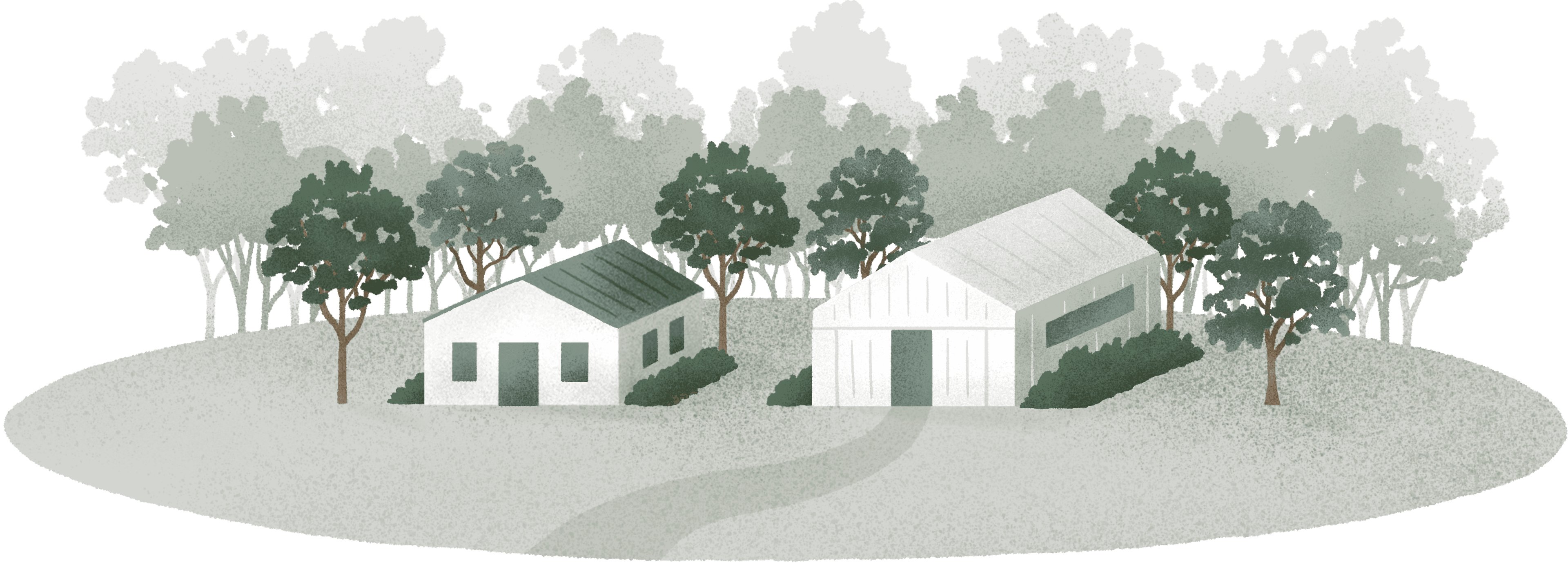We’re here to help.

Just starting out?
Welcome to Ruminati! Watch our demo video or explore our detailed onboarding guide to get started.
Frequently asked questions
Setting up an account is easy – simply click on the ‘Register’ button, enter your details and confirm your account.
No worries! Just shoot us an email at hello@ruminati.com.au with your name, voucher code, and the name of the corporate partner you got the code from. We'll sort out a refund and get your voucher activated.
Double-check that you entered your email address correctly and have a quick look in your spam or junk folder. If it’s still missing, drop us a line at hello@ruminati.com.au, and we’ll confirm your account for you.
No stress—just hit the ‘reset password’ button on the login page and follow the instructions in the email to set a new password.
If you need to close your account, contact us directly at hello@ruminati.com.au. We’ll close it within one business day. Your account data will be kept for 30 days after termination, so you’ve got time to download and save your emissions report as a PDF.
These features are part of Ruminati PRIME. You can upgrade to Ruminati PRIME for $600 (ex GST) per year, or use a voucher from a corporate partner. If you’re already subscribed, make sure your subscription is active by going to Account > Subscription, and clicking on Ruminati PRIME.
Double-check that your raw data inputs are correct by clicking the Manage button on the Enterprise Home Page or Report Page. If everything seems right but the report still looks off, reach out to us at hello@ruminati.com.au, and we’ll review your inputs.
